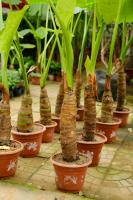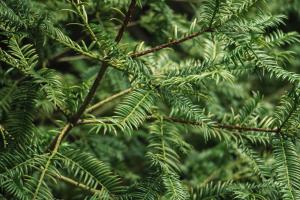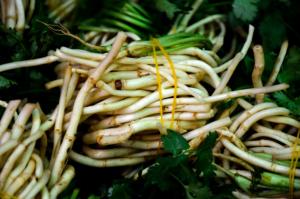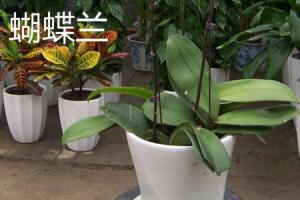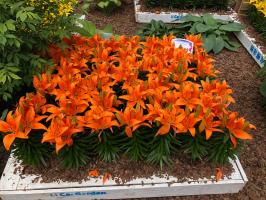Introduction
Crocosmia bulbs are a popular perennial flower that can add vibrant colors to any garden. Planting crocosmia bulbs at the right time is essential for a successful and healthy garden. In this article, we will discuss when to plant crocosmia bulbs to ensure their maximum growth and blooming potential.
Spring Planting
The best time to plant crocosmia bulbs is in the spring. Depending on your location, this can range from late February to early June. It is important to wait until the danger of frost has passed before planting, as crocosmia bulbs cannot survive in freezing temperatures.
When planting in the spring, it is recommended to choose a location that receives full sun or partial shade. Crocosmia bulbs prefer well-draining soil and do not tolerate standing water. If your soil does not drain well, consider amending it with compost or sand.
Summer Planting
If you miss the spring planting window, you can still plant crocosmia bulbs in the summer. However, it is important to note that the later you plant, the less likely they are to bloom in the first growing season.
When planting in the summer, be sure to choose a spot that receives some shade during the hottest part of the day. This will help prevent the bulbs from drying out and ensure they have enough water to thrive.
Fall Planting
Fall planting is not recommended for crocosmia bulbs, as they need time to establish their roots before the winter months. Planting in the fall can also increase the risk of frost damage to the bulbs.
However, if you live in a mild climate, it is possible to plant crocosmia bulbs in the fall. In this case, it is important to plant at least six weeks before the first expected frost to allow time for the bulbs to establish and become acclimated to their new environment.
Caring for Crocosmia Bulbs
After planting crocosmia bulbs, it is important to keep the soil moist until the bulbs have sprouted. Once the plants have emerged, watering can be reduced, as crocosmia bulbs are fairly drought-tolerant.
It is also important to keep an eye out for pests and disease. Slugs and snails are common pests that can damage crocosmia plants. Applying a slug and snail bait can help keep these pests at bay. In terms of disease, crocosmia is susceptible to rust and leaf spot. Be sure to remove any infected leaves and treat the plants with a fungicide if necessary.
Conclusion
Knowing when to plant crocosmia bulbs is crucial for a healthy and successful garden. Whether you plant in the spring or summer, be sure to choose a location with well-draining soil and the appropriate amount of sunlight. With the right care, crocosmia bulbs can add a beautiful splash of color to any garden.

 how many times do yo...
how many times do yo... how many planted tre...
how many planted tre... how many pine trees ...
how many pine trees ... how many pecan trees...
how many pecan trees... how many plants comp...
how many plants comp... how many plants can ...
how many plants can ... how many plants and ...
how many plants and ... how many pepper plan...
how many pepper plan...
